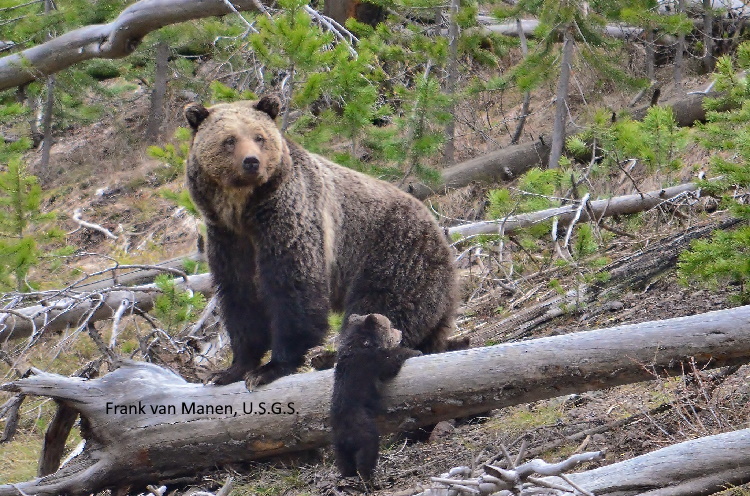RRINR articles

CITATION
Sandy, John H. “Reviews of Science for Science Librarians: A Bibliographic
Examination of Grizzly Bear Science (Ursus arctos horribilis).” Science & Technology Libraries 31, no. 1 (2012): 64-80.
ABSTRACT:
Grizzly bears inhabit wilderness areas in the northwestern region of the lower forty-eight states, western Canada, and areas of Alaska. Because of the settlement of the west and loss of prime habitat, populations declined rapidly in the nineteenth century, and in 1975 federal action was taken to protect grizzlies under the Endangered Species Act. Since 1950 about 722 technical papers have been written on the grizzly bear. Major research has focused on ecology, conservation, reproductive biology, behavior, dietetics, anatomy, and physiology, among other topics. Due to geographic distribution of the species, much of the research has been carried out by authors and organizations in western regions of the United States and Canada where major grizzly populations exist. A significant number of technical papers appear in three key journals: Ursus, the Journal of Wildlife Management, and the Canadian Journal of Zoology. According to data in WorldCat, about 1,167 records, covering monographs and technical reports, contain information on grizzlies and present research findings. The bulk of monographs appeal mainly to a general audience. However, citation analysis reveals a core of highly cited technical papers, many written with an emphasis on special themes or topics, whereas others focus on the grizzly itself, all together advancing the science on this species.
Keywords:
Grizzly bear, Ursus arctos horribilis , brown bear, zoology, ecology, wildlife, Yellowstone ecosystem, conservation, recovery, bibliography, citation analysis, Alaska, California, Montana, Wyoming, Idaho, Washington
Source of this journal article

![]()
